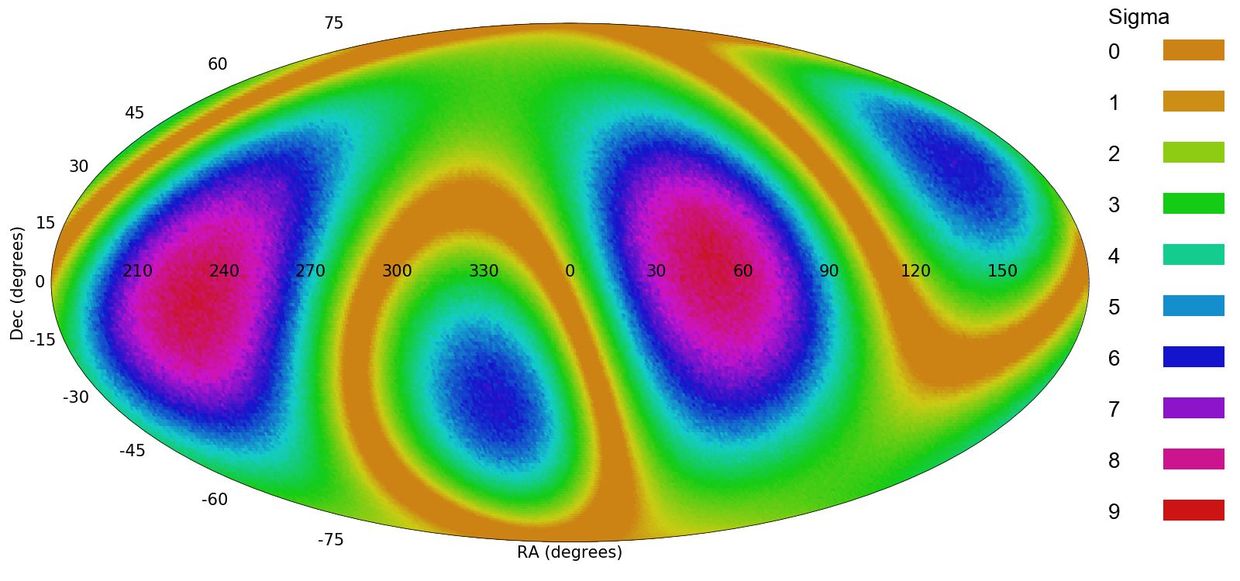Patterns found in spiral galaxies indicate universe could be far more orderly than previously believed

An astronomer surveying data from roughly 200,000 galaxies claims to have found a veritable needle in the universal haystack – a pattern underlying the movement of the universe which could upend current models and theories.
In a yet-to-be-peer-reviewed paper, computational astronomer Lior Shamir of Kansas State University claims to have detected a pattern in the distribution of spin among the galaxies in the universe.
If he is proven correct, this would disprove assumptions that the complex and mind-bogglingly vast structures of the universe are random in nature, and would suggest that the early universe may itself have spun like a vast, orderly galaxy before slowly unraveling at the edges as it aged.
Also on rt.com Star proves Einstein’s theory as it orbits supermassive black hole in stunning ‘SPIROGRAPH’ pattern (VIDEO)“Since the spin patterns of a galaxy as visible from Earth is also an indication of the actual spin direction of the galaxy, the large-scale patterns in the distribution of the spin directions can be an indication of a rotating universe,” Shamir wrote in his paper.
Shamir presented his findings at the 236th meeting of the American Astronomical Society and proposed that the universe is close to a quadrupole alignment with higher probability than chance.

He added that electromagnetic radiation that’s left over from an early stage of the universe shows evidence of possible polarization on a cosmological scale. What this rather complex scientific jargon suggests is, rather than spinning on a single axis, the universe may actually be rotating around four different axes in an incredibly complex alignment.
Shamir explains that spiral galaxies are surprisingly neat, with a well-defined, flat disc shape, spiral arms and a measurable rotation, which we can detect using different wavelengths of light.
Blueshifted light indicates a galaxy that is rotating towards us, while redshifted light indicates one that is spinning away. There are only two directions galaxies can spin.
Therefore, if the universe is isotropic (uniform in all directions) as current cosmological models maintain, then there should be a relatively even distribution of clockwise and counter-clockwise spinning galaxies.
Also on rt.com Universe may actually have a ‘north’ and a ‘south’ as new tests tear holes in Einstein’s gravity theoryHowever, according to Shamir’s reading of multiple databases of stellar surveys, he found that the split was actually closer to 51-49 in favor of clockwise-spinning galaxies. In Shamir’s estimation, this asymmetry in an isotropic universe represents a chance of one in a billion.
In addition, the asymmetry itself is not distributed in a uniform fashion but rather increases farther out in the universe. This indicates that the early universe may have been less chaotic than today and getting more chaotic as time goes on.
“We have two different sky surveys showing the exact same patterns, even when the galaxies are completely different. There is no error that can lead to that. This is the universe that we live in. This is our home,” Shamir said.
If Shamir’s research passes peer review, it will join a growing body of work which indicates far more order to the universe than we had previously believed.
Think your friends would be interested? Share this story!













